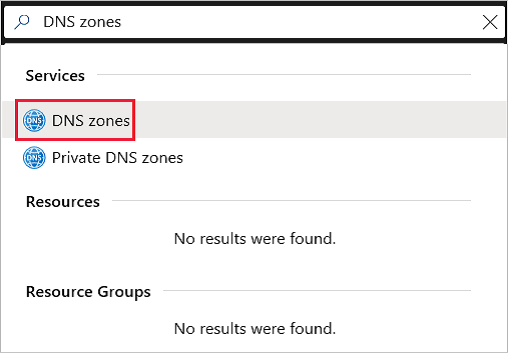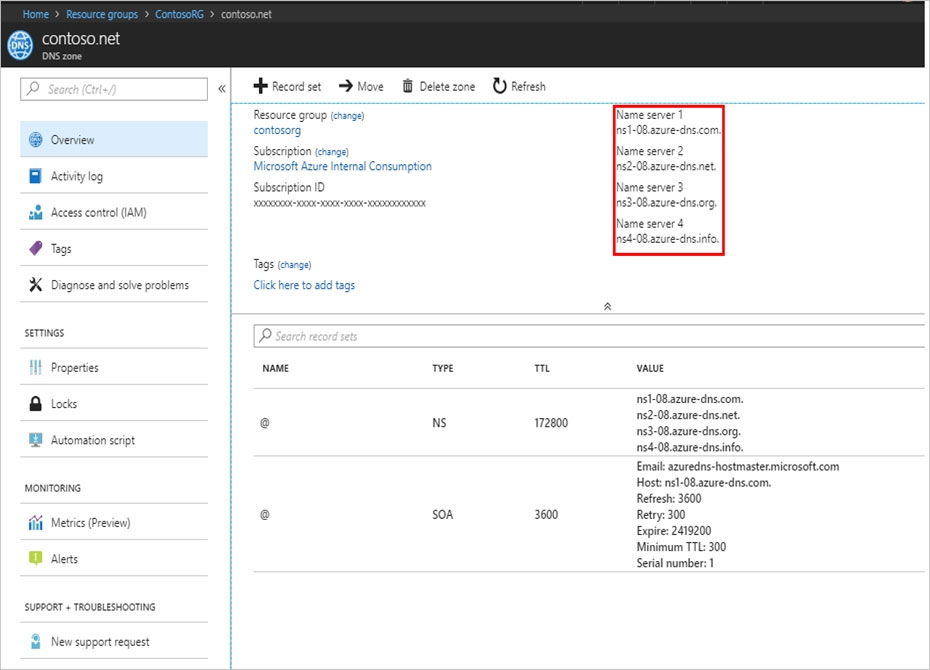

DRAG DROP -
You register a DNS domain with a third-party registrar.
You need to host the DNS zone on Azure.
Which three actions should you perform in sequence? To answer, move the appropriate actions from the list of actions to the answer area and arrange them in the correct order.
Select and Place:



omgMerrick
Highly Voted 1 year, 5 months agoAZLion
Most Recent 4 months, 3 weeks agoLazylinux
9 months, 2 weeks agoRajan395
1 year, 6 months agoTJ001
1 year, 7 months agoJawad1462
1 year, 10 months agoAdityaGupta
1 year, 11 months agoCristoicach91
1 year, 11 months ago